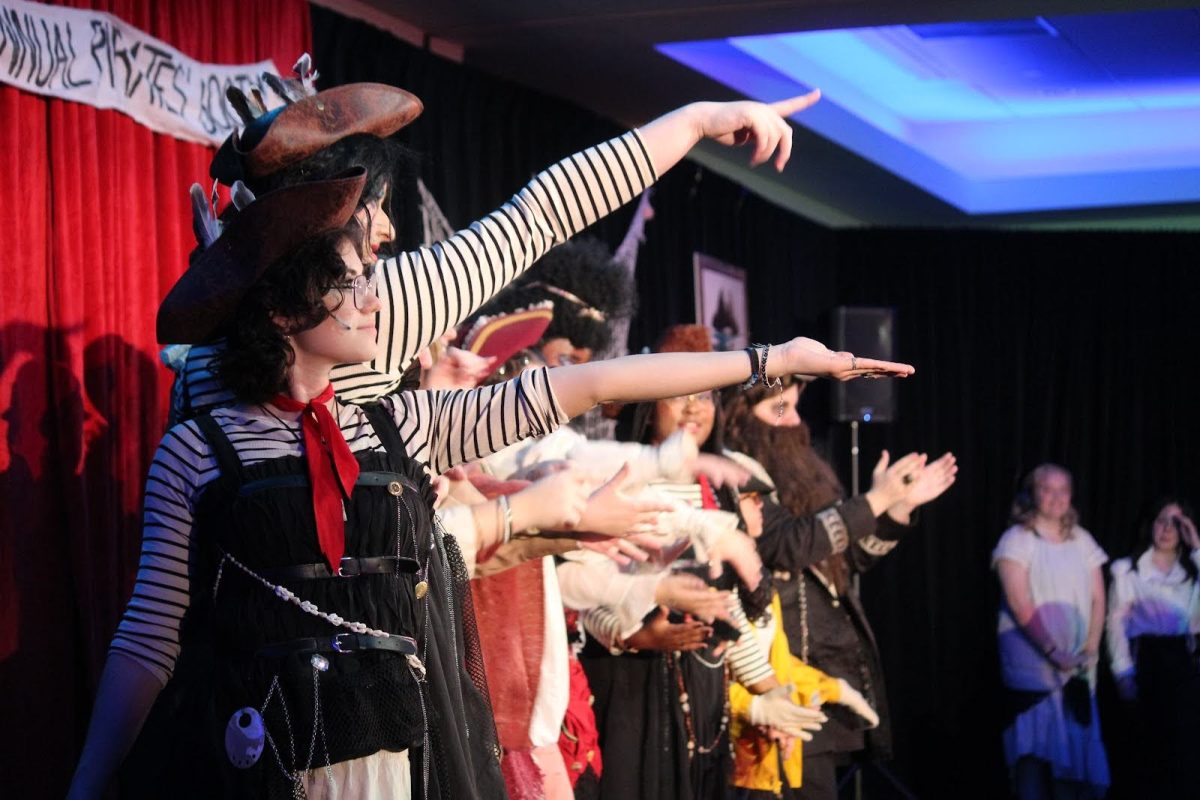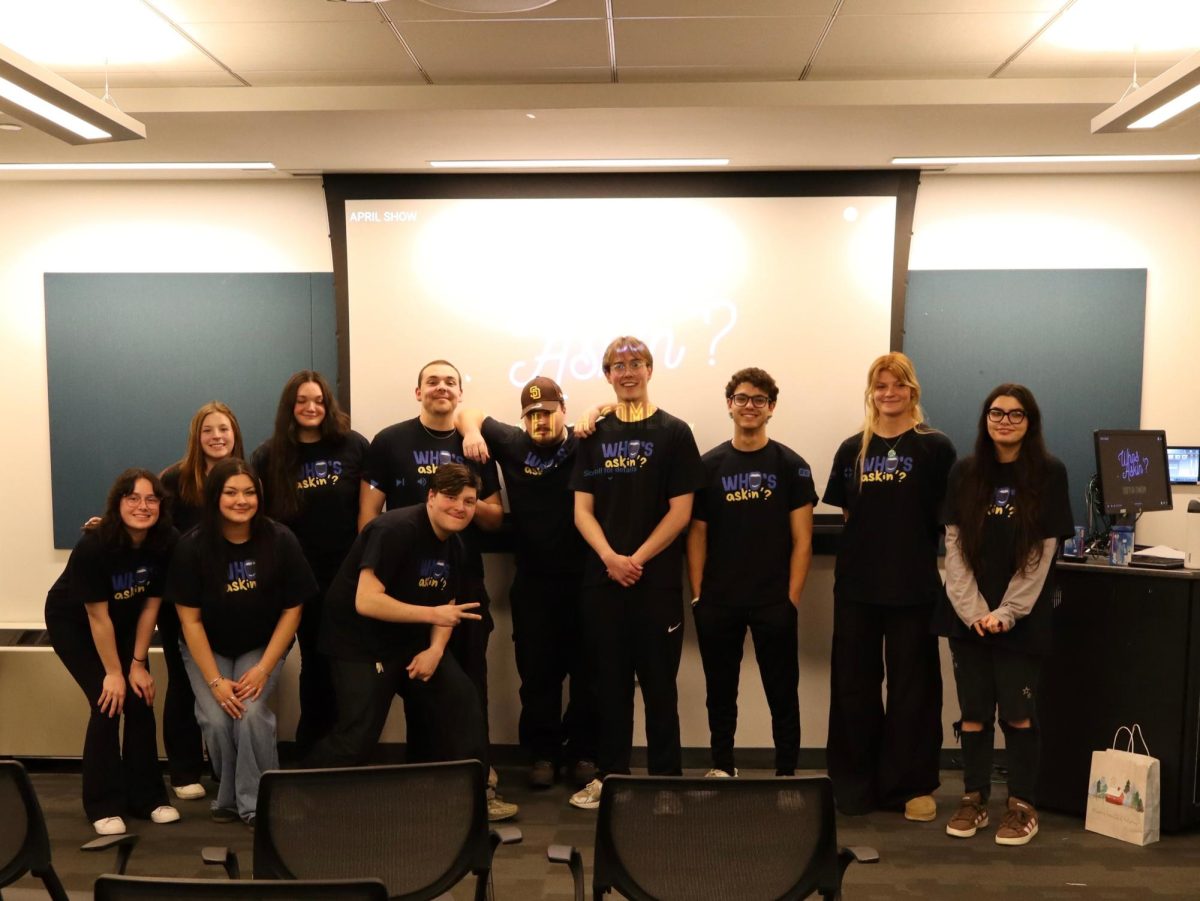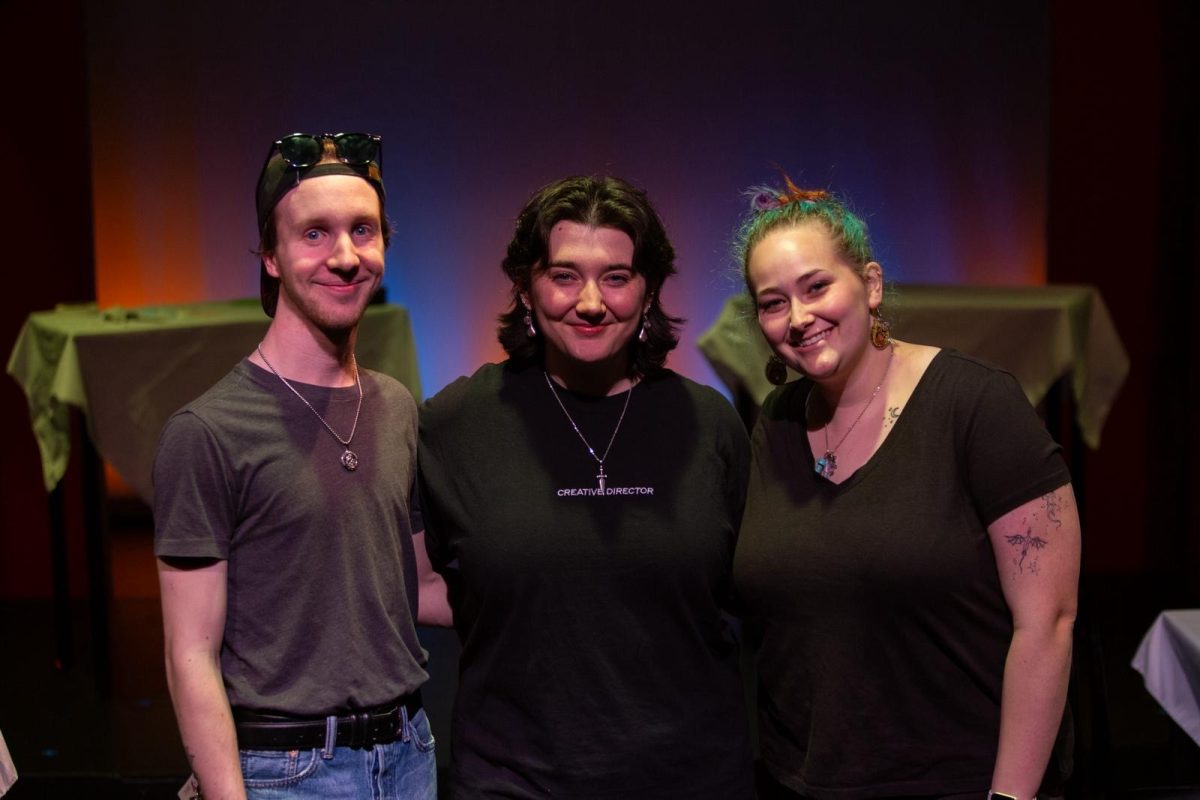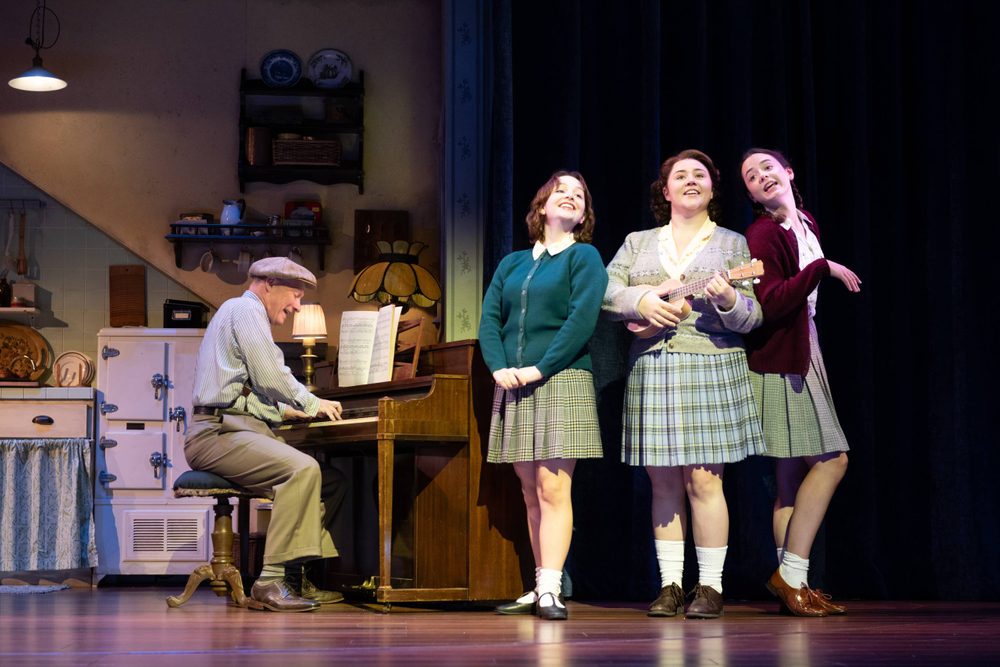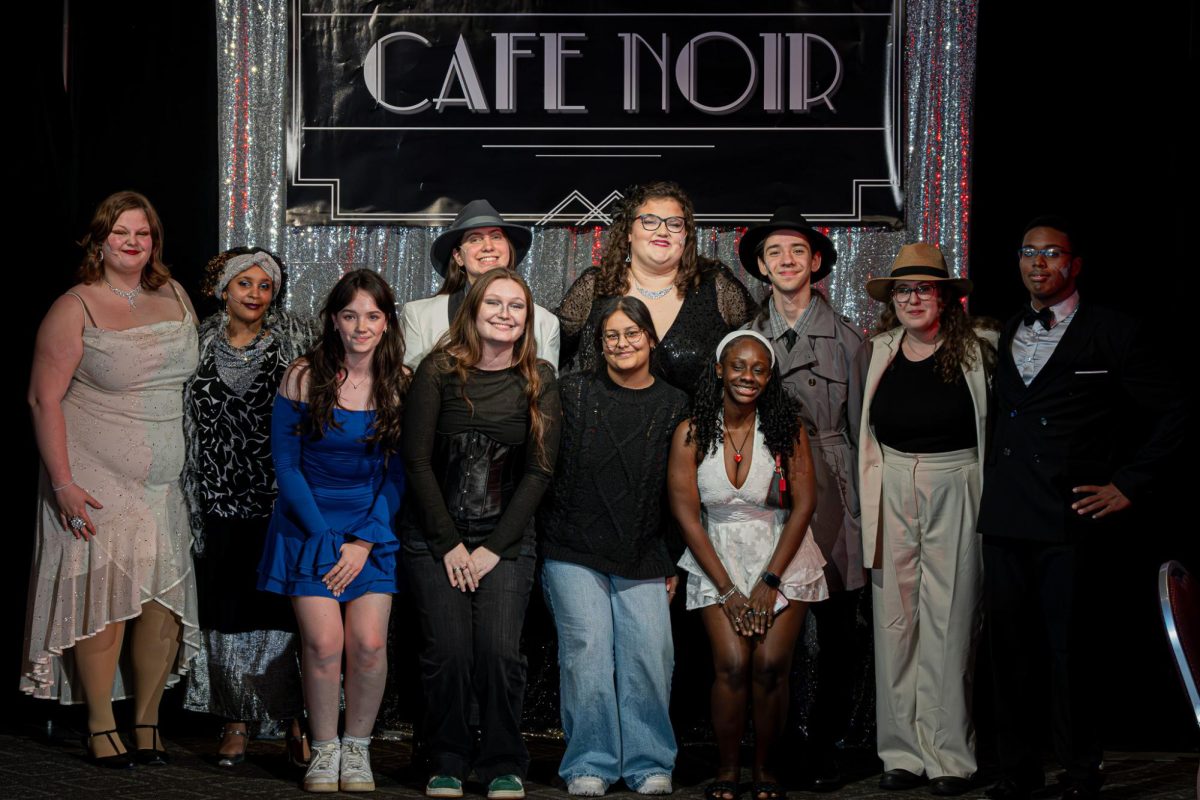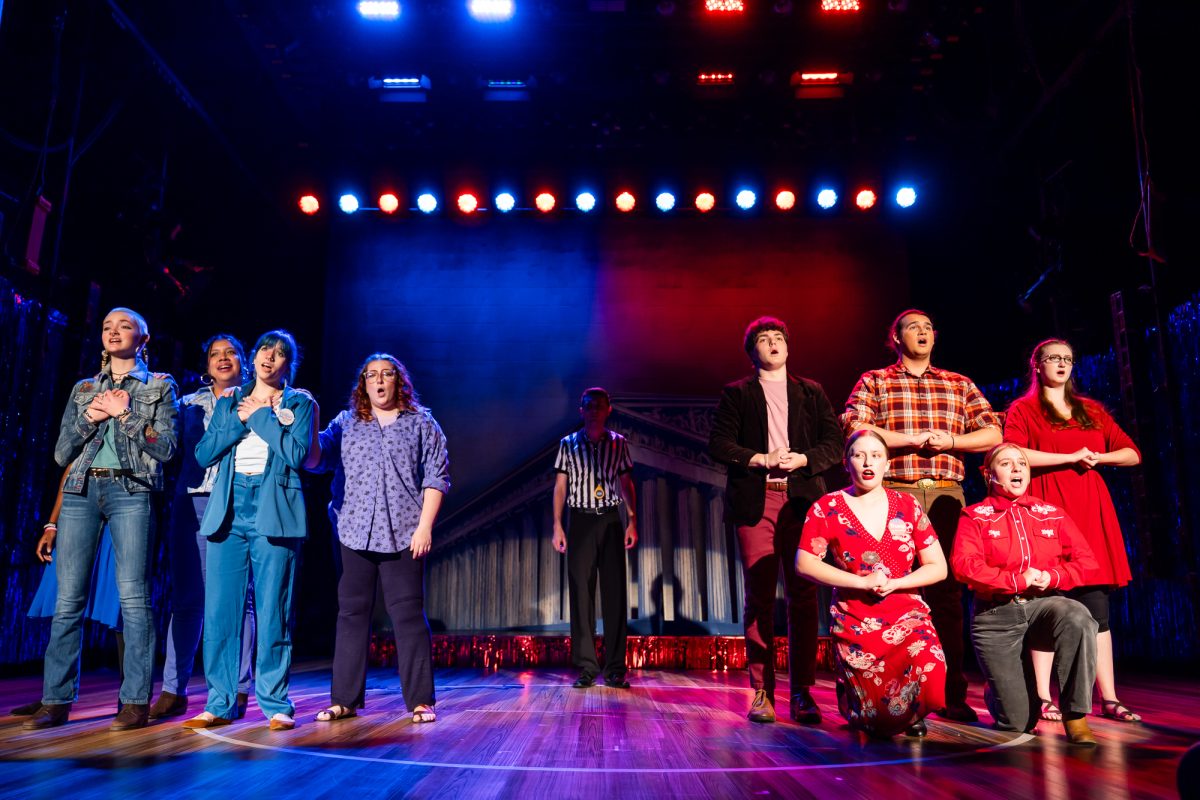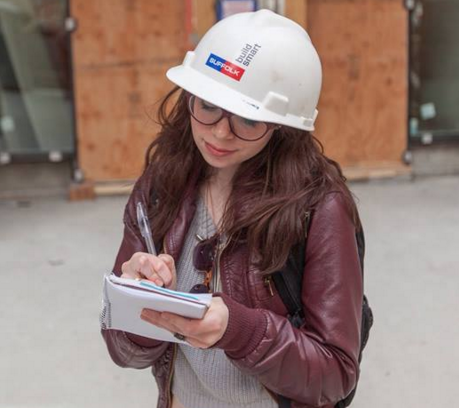This past weekend, the Performing Arts Office presented its annual spring play, otherwise known as the “Pioneer Performance Series,” with its production of Radium Girls. The show chronicles the real life of events of women who worked as watch dial painters for the U.S. Radium Company in the early 20th century. The content of the show marks an important era in history in which workers began to fight for their rights against the companies that exploited them.
In Radium Girls the women workers battle poisoning from radium paint that decays their jaw bones and teeth until they eventually die. This is the result of the women putting the paint brushes they used to paint the dials of the watches in their mouths to point the tip of the brush. At the time the show is set, radium was a controversial topic in the medical community and was often regarded as having health benefits, which made the womans’ case against U.S. Radium even more difficult.
Throughout the performance, the set does not change; set pieces are moved by the cast, which features both students and staff members, when needed to portray different scenes such as a hospital or a doctor’s office
To set the scene of the factory, several large poles stand at the midline of the stage. At multiple points throughout the show, the poles move inward and outward to tell a deeper part of the story.
“They always had the factory with them. It represents when the world was falling apart,” said Director Courtney O’Connor.
Along with the set becoming an intimate part of the story, the actors also possessed an intimate relationship with the characters they portrayed because they were once real people. Cast member Christina Twombly reflected on the time in rehearsal where the actors would spend time practicing different techniques to understand their characters, such as how they would walk.
“As soon as I started walking like that character, my lines came easy,” she said.
Connecting with one historical character is difficult enough, but the cast undertook the challenge of playing multiple parts at once. Again, all of the secondary characters were based on real people. In order to do this, the actors needed to find a strong sense of who each character was so they could effectively transition between roles.
Actor Peter Costanza commented on this aspect of his experience, saying “it took a lot of soul-searching and a lot of deep breathing.”
Another cast member, Christina Twombly, described a technique she used while finding her male character by watching businessmen around the State House.
“I would see how they moved and how they talked to the people they were standing next to,” she said.
It was important to the directors that the cast stay true to their character historically, but also that their skills as actors shone through as well.
“You never want to see someone acting, you want to see them being,” said Assistant Director Erin Schwall.
One way of getting the cast to transition into their characters seamlessly was to have the actors who were portraying the three main factory women paint dials for three and a half hours, the entirety of a rehearsal. Despite what has been a long and challenging road, the show has touched those who performed in it and each actor plans on taking a piece of their characters away with them.
Julia Lorello, who played Kathryn Schaub, one of the three main factory women, said.
“I found this passion within her that I’ve never felt before.”










